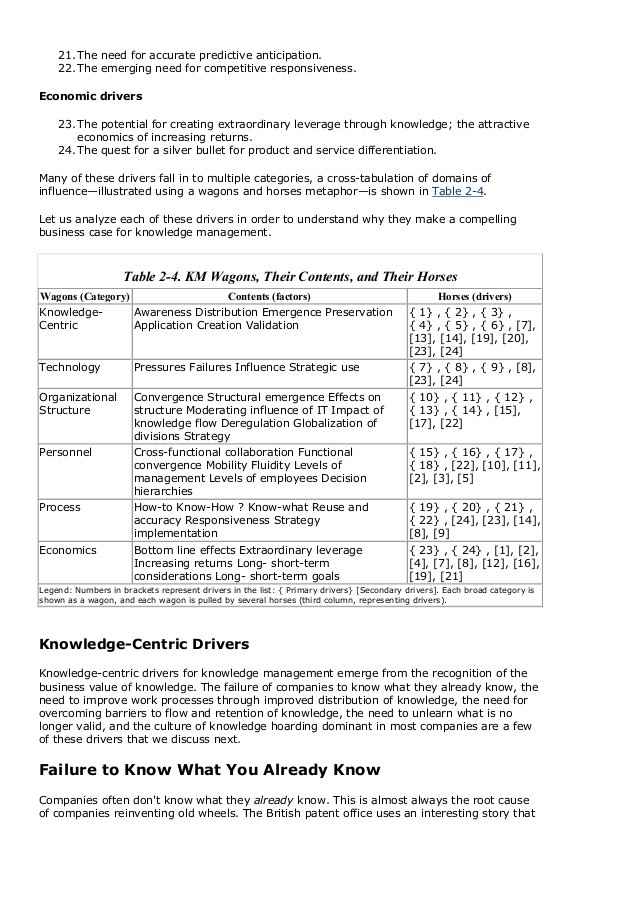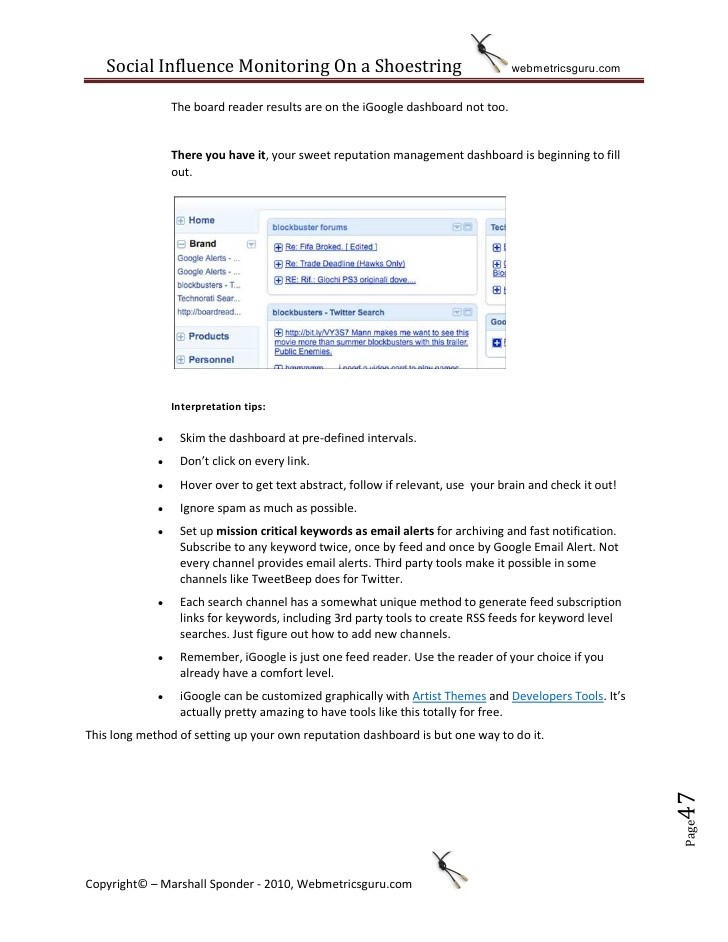Managing your online reputation how it works how to leverage it_1
Post on: 16 Март, 2015 No Comment

London City Chrysler
Part 2: A successful dealer’s perspective
Last week, we delved into the first instalment of a two-part series about managing your dealership’s online reputation. With more consumers doing more research online before buying their next car, the way in which stores present themselves can have a huge potential impact on the way they do business. We talked to Heather MacKinnon, Vice-President, National Accounts at DealerRater and asked her what dealers need to understand when it comes to successful reputation management online and some of the strategies they can use to get the results they’re looking for. This time, we switch gears a little and get a dealer’s perspective.
London City Chrysler in London, Ont. is a Canadian dealership that has seen sales and revenue grow significantly via a very successful reputation management strategy it’s developed through its relationship with DealerRater. So what’s London City’s secret, especially in a market that’s taken a significant economic blow in recent years? To try and find that out, Canadian auto dealer interviewed the store’s IT/Web Manager John Osinga. Here’s what he had to say
HE: How did London City Chrysler and DealerRater first come in contact with each other?
JO: A number of years ago, both my wife and I used to do a lot of selling on eBay, to the point we became PowerSellers. One way we did that was via a small program originally written by a university student. It worked by collecting reviews on the products we’d sold in the last six months. I’d put the data into a HTML table and put that in our ad. And within a week, sales had tripled — simply because the comment I placed in the ad was that “here’s what other people who have bought this product are saying.” When I joined the team at London City Chrysler about three and a half years ago, one of the first things I did was talk to our general manager about looking after the dealership’s reputation online. I knew about Google Reviews but also understood that it’s not generally an easy process for customers. That’s what led me to DealerRater. The company was highly thought of and one of the forums I frequented gave me some good insight. So I reached out to DealerRater and discovered it would be a good match for both of us and one that would benefit our store’s customers.
HE: When it came to developing a successful online reputation management strategy at London City Chrysler, what were some of the key factors you took into consideration at the beginning?
JO: Specifically, we began focusing the process on our sales staff. There was some trepidation and cautious optimism, an example being how we were going to handle negative reviews. It was very tough for the first 4-5 months and we got virtually no reviews. We had to have specific meetings and talk to the staff, to get them to understand the moment of truth, what it is and how consumers are now developing a relationship with our business online. We asked individual sales people about review sites they use, such as TripAdvisor when planning a vacation. We asked how many of them read the reviews on such sites when researching a resort or hotel. Three quarters of them said they did and we showed them that consumers are now doing exactly the same thing when researching a car. We also discussed the fact that consumers want to have a great experience when shopping for a vehicle, whether or not our dealership is able to provide them with that experience and where the online review process fits in. That was the moment it changed and today we are consistently selling more and more vehicles as a result.
HE: How much have you seen sales volume grow as a result of your online reputation?
JO: Approximately three years ago, when we just started doing this, we were selling around 80- 85 vehicles a month. Last month we did 115, so the review process has definitely helped.
HE: Can you give us an example of how the review process has helped drive traffic to your showroom and resulted in those increased sales?
John Osinga
JO: There’s a number of examples we can talk about but one that stands out, concerns a customer who came into the showroom one day and appeared to be waiting. One of our sales people, who was with another customer at the time, went over and introduced themselves and asked if he could be of assistance. The customer said they were waiting for this particular salesperson and would be happy to wait for 25 minutes until he was available. When the salesperson finally sat down with this customer, the customer said “I know the car I want to buy, I know how much I want to pay, I just didn’t know where I was going to buy it until I read your reviews online. I was going to wait for as long as it took, so I could do business with you.”
That’s just one example, but we are now seeing it all the time where customers come in and want to deal with specific sales staff because they have read reviews about them. I had one of our team members come to me the other week and say he’d sold three cars, all because of his reviews online. It’s now part of the process here at London City Chrysler.
HE: Can you tell us a little about how you’ve been able to use these reviews to fundamentally change the sales process at the dealership?

JO: One thing you need to remember is that it is not only about getting reviews, it’s what you do with them. We’ve learned that if you ask a customer to give you a review, you often get two lines such as “I had a great time and it was a great dealership.” If you say to a customer, “may I ask you a favour? Can you share your experience online if you are happy with what we have done for you because it is important for people who do business with us,” you often get a paragraph in response and it is those shared experiences that tend to influence others.
Another important consideration is making sure you have the right people onboard. Every month, we stretch the process a little further. We’ve placed a strong emphasis on hiring the right people to do the right jobs. We may sell cars as a business but at the end of the day it is our staff, our people that build the relationships. The seeds we planted three years ago are now starting to bear fruit. You lay the groundwork, plant the seed and keep cultivating what you do.
The number one thing I read in our reviews is that customers were at another location which proved to be stressful. They came here and discovered a stress-free environment and were wowed because of it. One of the additional things we noted was that in creating an environment where people want to do business with you, is that everybody on staff can be reviewed, including those working at reception. A welcoming, smiling receptionist can have a huge impact on the customer experience, so it’s critical that everybody who is in a customer facing role be able to receive a review.
HE: Something that’s on the minds of many dealerships, is likely how to handle those reviews that are negative. What’s been your approach to this?
JO: It’s important to understand that reviews really are a reflection of what is going on in the business. As such, customer reviews can shine light on our weaknesses and reflect the barometer of health at the store as a whole. A negative review only becomes so if you don’t respond to it, or don’t do something internally to deal with that customer. There were four negative reviews we received that we were able to turn around and end up with customers for life. It was related to service and in one case, the service manager contacted the customer and said we will take the whole day to make sure the problem with the vehicle is addressed. The customer in question said “I have never had anybody reply to me like you did,” and I think that’s important to understand. It’s about communication. If a customer writes a negative review they are communicating — we thank them because they took the time to write a review and we have to acknowledge where we made a mistake and take the steps necessary to solve it and ensure it doesn’t happen again.
HE: While we’re touching on the subject of service, how has the dealership’s online reputation had impact on the back end?
JO: About three years ago, we were averaging 950-1000 R/Os each month. In May this year we surpassed 1400 R/Os so the growth is real. From our own experience, people don’t tend to give reviews quite as quickly when it comes to the service experience versus that in sales but it’s important because we always want to ensure we get better and that we thank our customers for returning to us for their service needs. We always need to remember that there are a lot of other places they can go to if they so choose.
HE: The London area has been hit hard over the last several years, with a number of companies closing down operations and a high rate of unemployment and yet from your perspective, business is thriving. Can you tell us a little why you think that is?
JO: It’s no secret that this area is suffering from high unemployment. It’s hovering at around 9 per cent, so for us to thrive under such conditions is quite exceptional. We have to maintain momentum and continue to build on the things we’re doing right. Our investment group has a lot of faith in our store and we’ve recently opened a new point — London City Mazda — but it’s up to our team as a whole to continue to make things happen. The Internet has changed the way people communicate so you can’t play games anymore. You have to be truthful and you have to perform at the best of your ability to meet and exceed the expectations of your customers. We are in the business of selling and servicing cars but more importantly we’re in the business of building long term relationships.














